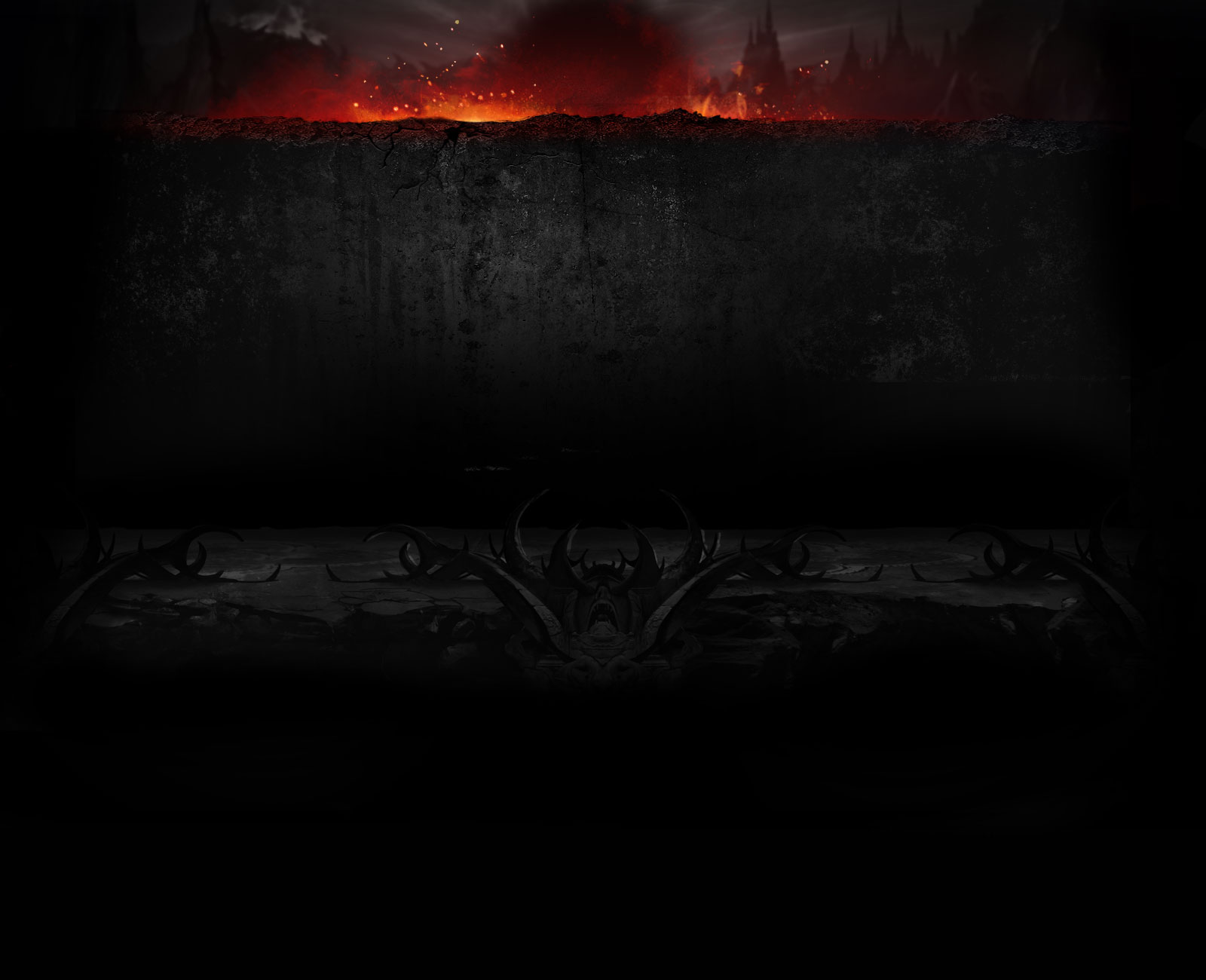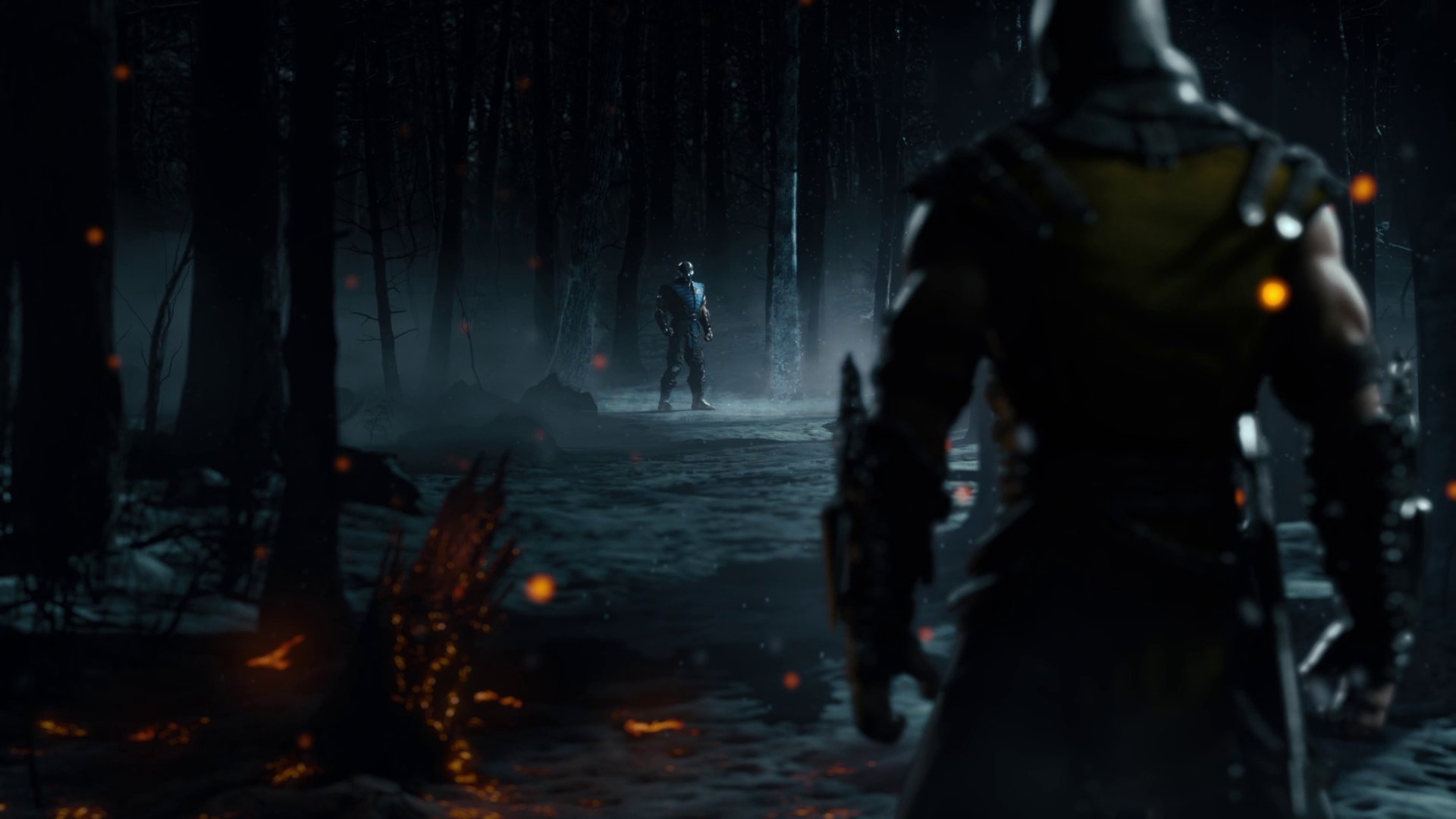Client-side:
As clients are normally not allowed to define the main game state, but rather receive it from the server, the main task of the client-side compensation is to render the virtual world as accurately as possible. As updates come with a delay and may even be dropped, it is sometimes necessary for the client to predict the flow of the game. Since the state is updated in discrete steps, the client must be able to estimate a movement based on available samples. Two basic methods can be used to accomplish this; extrapolation and interpolation.
Extrapolation is an attempt to estimate a future game state. As soon as a packet from the server is received, the position of an object is updated to the new position. Awaiting the next update, the next position is extrapolated based on the current position and the movement at the time of the update. Essentially, the client will assume that a moving object will continue in the same direction. When a new packet is received, the position may be corrected slightly.
Interpolation works by essentially buffering a game state and rendering the game state to the player with a slight, constant delay. When a packet from the server arrives, instead of updating the position of an object immediately, the client will start to interpolate the position, starting from the last known position. Over an interpolation interval, the object will be rendered moving smoothly between the two positions. Ideally this interval should exactly match the delay between packets, but due to loss and variable delay, this is rarely the case.
Both methods have advantages and drawbacks.
- Interpolation ensures that objects will move between valid positions only and will produce good results with constant delay and no loss. Should dropped or out-of-order packets overflow the interpolation buffer the client will have to either freeze the object in position until a new packet arrives, or fall back on extrapolation instead. The downside of interpolation is that it causes the world to be rendered with additional latency, increasing the need for some form of lag compensation to be implemented.
- The problem with extrapolating positions is fairly obvious: it is impossible to accurately predict the future. It will render movement correctly only if the movement is constant, but this will not always be the case. Players may change both speed and direction at random. This may result in a small amount of "warping" as new updates arrive and the estimated positions are corrected, and also cause problems for hit detection as players may be rendered in positions they are not actually in.
Often, in order to allow smooth gameplay, the client is allowed to do soft changes to the game state. While the server may ultimately keep track of ammunition, health, position etc., the client may be allowed to predict the new server-side game state based on the player's actions, such as allowing a player to start moving before the server has responded to the command. These changes will generally be accepted under normal conditions and make delay mostly transparent. Problems will arise only in the case of high delays or losses, when the clients predictions are very noticeably undone by the server. Sometimes, in the case of minor differences, the server may even allow "incorrect" changes to the state based on updates from the client.






